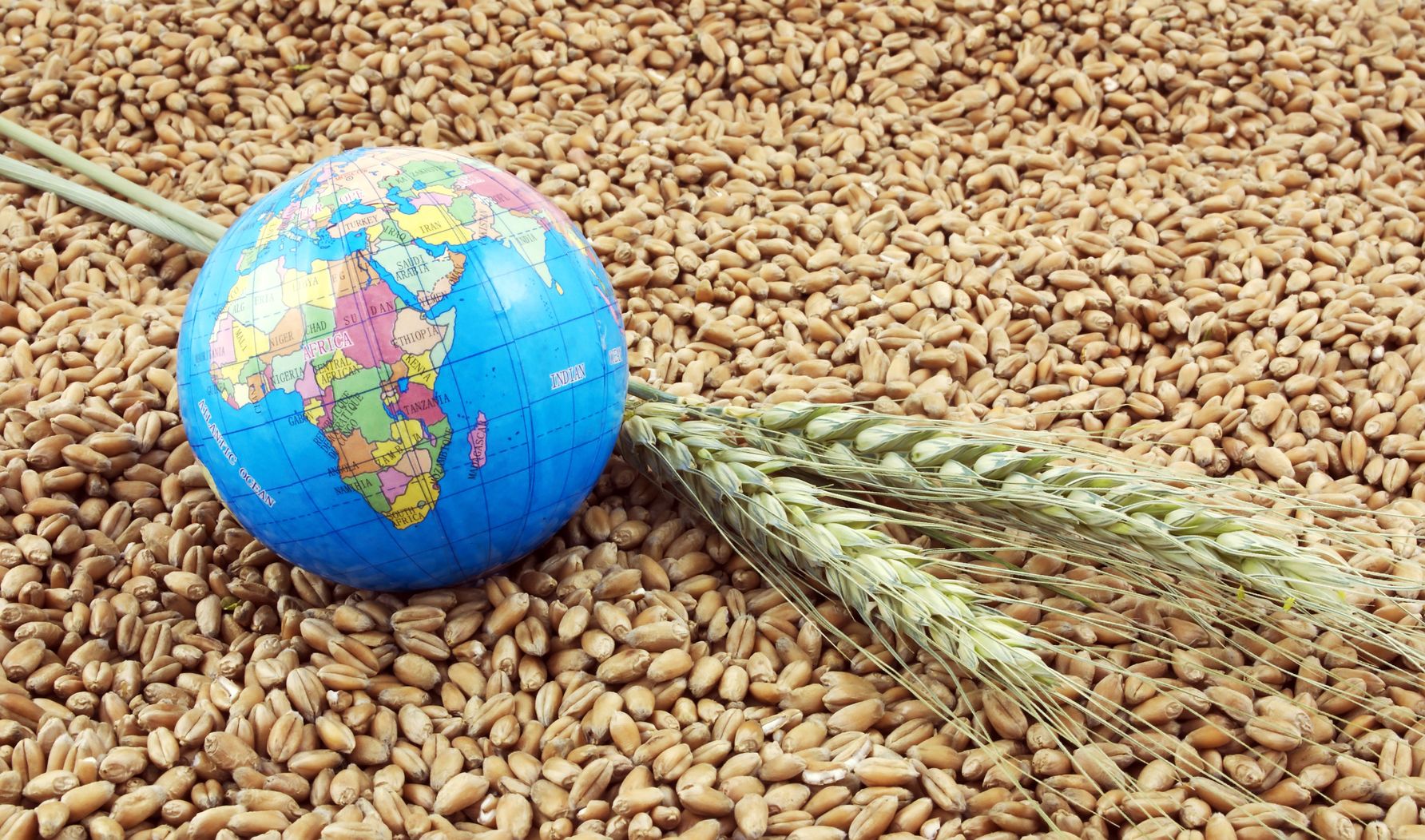In recent months, as the trade conflict between the US and China has intensified, some market pundits have been talking about its effect on prices of agricultural commodities. While most traders focus on more liquid assets like currencies, the potentially lucrative field of agricultural commodities is sometimes overlooked. If you’re interested in trading these interesting assets such as wheat or soybeans, this article will give you some pointers to follow.
How Crop Trading Works
The world’s population of 7 billion consume agricultural commodities every day. Because of this high demand, it’s possible to trade the price of these commodities using an online broker. As a trader, you can buy and sell their price digitally, without the need to own the physical commodity. The most common agricultural commodities in the market are corn, soybeans, wheat, cocoa, coffee, and cotton.

To trade these commodities, you first need to find a broker that offers them. Second, you need to research the specific commodities you’re interested in and learn more about what moves their price. Third, you should use a demo account functionality with your broker to practice trading and see how the market works, before depositing funds into your live account and trading for real.
Like all financial assets, the most important factor in trading agricultural commodities is mastering supply and demand. An increase in supply leads to a lower price while signs of increased demand lead to a higher price. The challenge for most traders is how to find this data.

Supply and Demand Estimates
Your first port of call should be the World Agricultural Supply and Demand Estimates. This is released every month by the United States Department of Agriculture and is one of the most comprehensive reports in the sector. Here you will find the supply data of the leading agricultural commodities. You will also find more information about the inventories and demand from the buyers. If you’re new to the sector, it’s also recommended that you read the WASDE reports of the previous year. While this is time consuming, it will help your trading by giving you more knowledge about the market history.
Industry Reports
Another way of knowing the estimates of the supply and demand is to check data from industry organizations. Most commodities you can trade have their organizations that conduct research and publish the data. For soybeans, you can read the regular reports by the American Soybean Organization. For cotton, you can read the insights from the National Cotton Council, while for corn, you can read the reports by the National Corn Growers Association. For cocoa, you can read the reports from the International Cocoa Association.
Meteorology Data
In agriculture, the weather plays an important role. Excess or inadequate rains can affect the supply of the crops, for example. Therefore, it is essential that you follow the data from local meteorology offices. For example, this year, in the United States, the amount of rain in the corn belt has been more than expected. This happened at the beginning of the planting season. With farms being flooded, most farmers failed to plant. Those who planted are likely to harvest low-quality corn. This caused a shortfall that led to a surge in the price of corn.
Trade Deals
In recent months, the role international trade plays in the commodities industry has been in the limelight. As the trade war between the US, China, Mexico, and the European Union has intensified, the price of key commodities like soybeans and corn has declined. The declines are mostly because the United States is the biggest supplier of key crops like soybeans and corn, while China is the biggest buyer. Therefore, with a trade conflict going on, prices tend to move lower.
COT Report
The Commitment of Traders report is released by the Commodity Futures Trading Commission every Friday. The report presents data on how various market participants have positioned themselves. The main participants are the commercial traders, non-commercial traders, and ordinary traders. Learning the activities of these traders will help you know how to position yourself.
Technical Analysis
Finally, to become a better agricultural trader, it is essential that you understand the various methods of technical analysis. In fact, most of the indicators used today were developed with the agricultural sector in mind. The key indicators you need to know are the moving averages, relative strength index, commodity channel index, and stochastics.
Final Thoughts
As a trader, it is possible to make a profit trading agricultural commodities like soybeans, corn, and coffee. All you need to do is to take time to learn more about the demand and supply of these commodities. Also, you need to know how to apply the technical indicators effectively. However, as you will realize, the agricultural commodity prices can sometimes be volatile, which means that you need to practice risk management strategies when trading. If you trade online via a forex broker, you can usually benefit from risk management tools such as stop loss, which help keep your trades safe. Easymarkets is one example of a broker that offers commodity trading with various risk management options.


Comments